I saw this on my "Edge: homepage when I woke up my computer this morning so I shamelessly "clipped" the article. it had some rifles I never heard of, and in my personal belief it wouldn't surprise me if someone in the Army ordinance dept shanked the AR-10, because it was too untraditional, during the M16 trials, the ordinance dept tried to do the same thing when Robert McNamara forced them to give the XM16 an evaluation and Robert Stoner heard about the problems and went to Alaska and found several of the rifles "Altered" to fail.
Firearms design isn't easy, and even trained engineers have had trouble turning a concept into a reliable weapon.
And while countless small arms used by the United States Army became the stuff of legend, for every success like the Thompson submachine gun or M1 Garand there are those guns that are best forgotten.
While we won't claim this is comprehensive, here are our top picks of some of the worst U.S. Army guns ever. Thankfully, most never saw wide service on the battlefield, or none at all.
Thompson Auto Rifle
Thompson Autorifle Model 1923 (top) and SMG Model 1921.
The Thompson submachine gun or "Tommy Gun" has become one of the most iconic firearms of the 20th century and certainly one of the most successful submachine gun designs. It is perhaps even as famous as the AK-47, and the Thompson is clearly the forerunner of the modern "black gun."
Yet, the Thompson wasn't an instant hit, and the role that John T. Thompson actually played in the design and development of the weapon bearing his name has remained a matter of conjecture.
What is known is that his follow-up, the Thompson Autorifle Model 1928, developed for the U.S. military's semi-automatic rifle trials, didn't do much to impress anyone. Chambered in .30-06, it utilized a delayed blowback operation rather than the more complex gas-operated action, which is used in innumerable other self-loading/semi-automatic rifles. Thompson's design required lubricated ammunition and it reportedly ejected spent casings in such a violent manner that it was reportedly hazardous to those around the shooter.
M50 Reising
As some 100,000 were actually ordered during the Second World War, the M50 Reising may not have truly been rejected – but perhaps it should have been. Developed by Eugene Reising, the compact submachine gun promised to be a "poor man's Thompson" as it was cheaper to produce, more compact, and lighter. It fired from a closed bolt, which allowed for greater control even in full-automatic mode.
A United States Coast Guardsman with working dog and Reising SMG during WWII.
It seemed to have everything going for it – but its 20-round magazine was just the first of the problems. Moreover, while the weapon was reliable in ideal conditions, the jungles of the Pacific with sand, humidity and saltwater meant the complex delayed-blowback operation would jam frequently. It was difficult to maintain, made worse by the fact that many parts were hand fitted at the factory. By the end of the war, the Reising was relegated to the guards at war plants. While its reputation improved after the war when it was used by U.S. law enforcement, its wartime role sealed its fate.
The Model 45A
A mystery design from the war was the little-remembered Model 45A, a weapon that was developed at the end of the war and which seems as revolutionary now as it must have been then.
Model 45A. Image: Creative Commons.
The Model 45A was a .30 caliber bullpup designed to be a hybrid battle rifle/light machine gun. Developed by the Army in 1945 in the Philippines, it utilized a Browning Automatic Rifle magazine and featured an integral scope/carrying handle – thus making it look similar in profile to the Austrian Steyr AUG. Why it was developed has remained a mystery, as there no known surviving prototypes and apart from some U.S. Army Signal Corps photos, little evidence survives to show this gun even existed.
ArmaLite AR10
Before Eugene Stoner developed what would become the AR15/M16, there was the AR10. Developed in the 1950s, the AR10 clearly shows what Stoner had in mind – and this is a case where it took one failure to get the weapon refined according to standards. Chambered in 7.62x51mm NATO or .308 Winchester, the AR10 featured an innovative straight-line barrel/stock design and made use of phenolic composites and forged alloy parts, which made it lighter than contemporary weapons.
Stripped AR-10. Image: Creative Commons.
However, when one of the prototypes failed in early testing, the damage was done. The weapon seemed too revolutionary for military thinkers who sought to go with an improved version of the M1 Garand, which resulted in the adoption of the M14.
Eventually, the design was refined and could go on to be the AR-15. Yet, had the modern ArmaLite Inc. not released a commercial AR10, it might have been simply a largely forgotten part of the AR15 story.
Stoner 63
After Stoner made his mark with the AR-15/M-16 design, he set about developing a modular firearm that was simply too innovative for its time. The Stoner 63 could transform from rifle to carbine to machine gun by swapping out parts.
Stoner 63. Image: Creative Commons.
It could fire from a rear-loading magazine as a rifle/carbine or light machine gun with top loading magazine or even via a belt as a squad automatic weapon. In total, some 4,000 of the two main versions were produced and the Stoner 63 even saw some field testing in Vietnam as well as in the invasion of Grenada in 1983. Yet, despite the fact that it was well-liked by the SEALs and other units it was never widely adopted by the U.S. military.
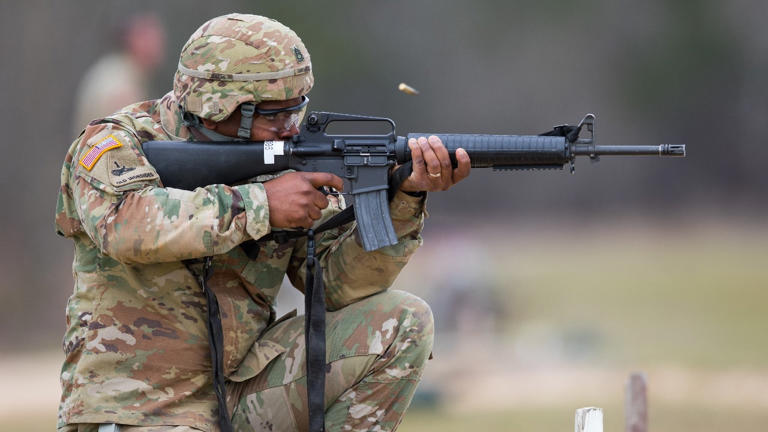
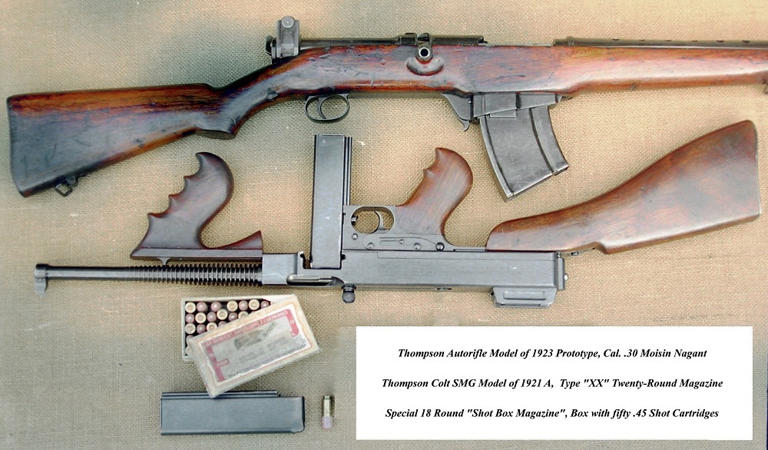
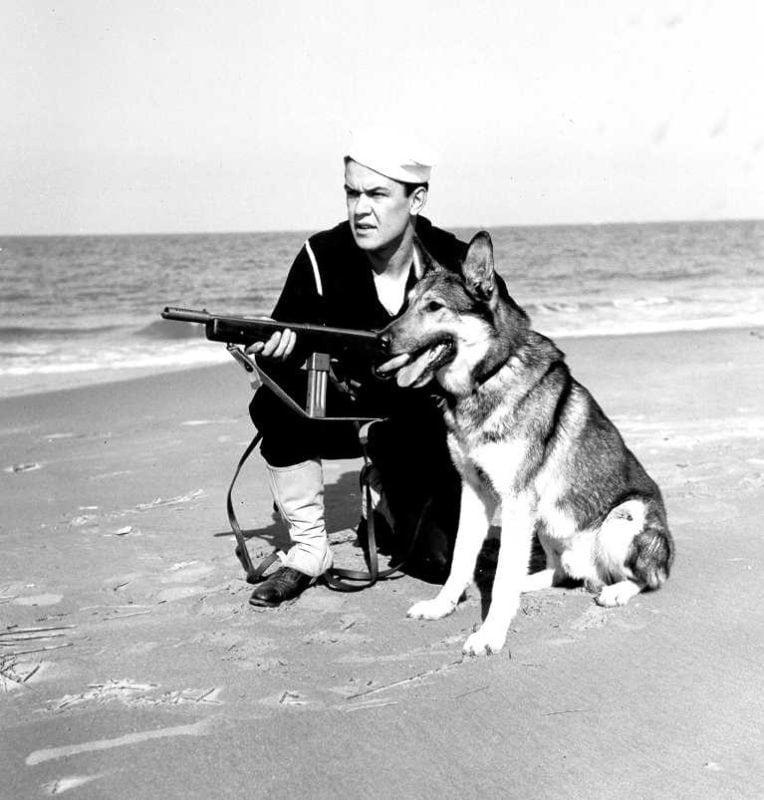
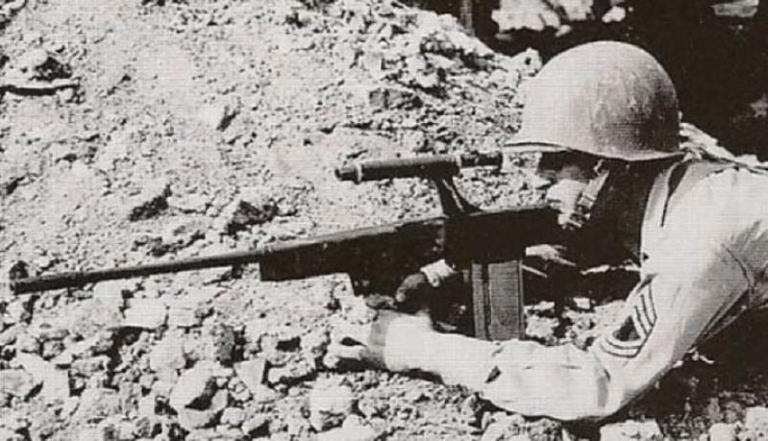
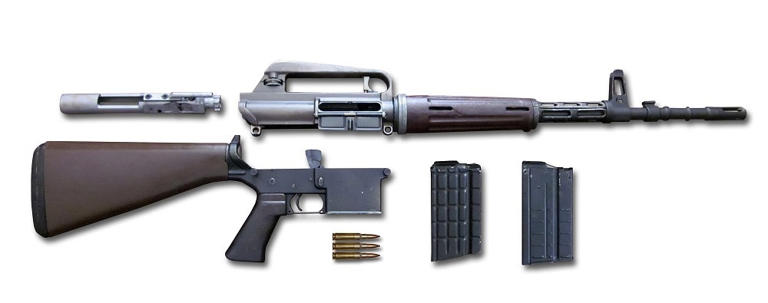
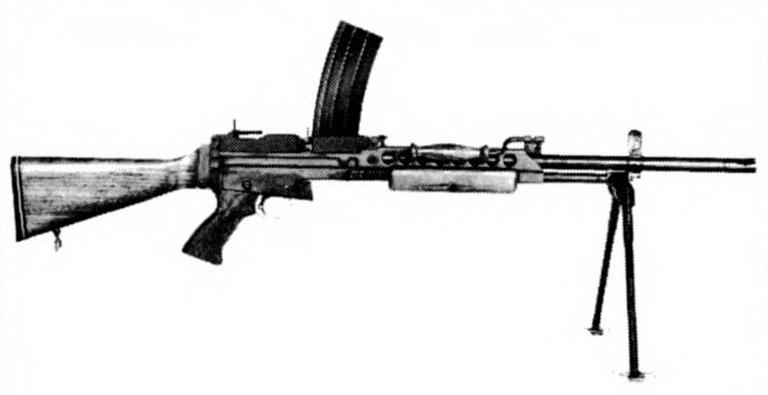
No comments:
Post a Comment
I had to change the comment format on this blog due to spammers, I will open it back up again in a bit.